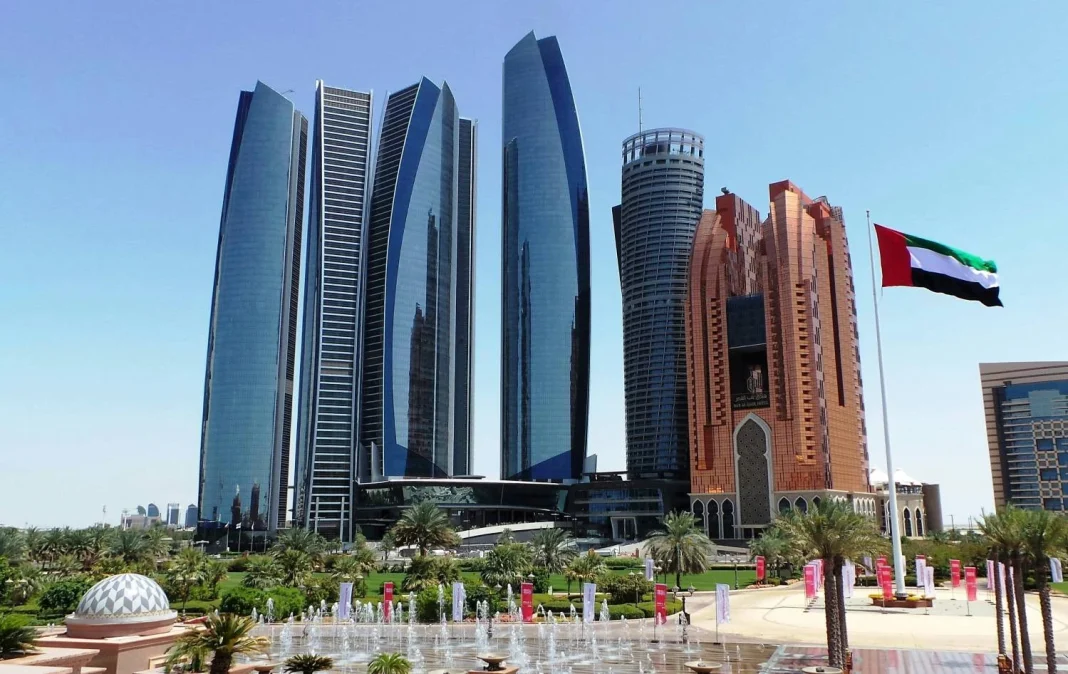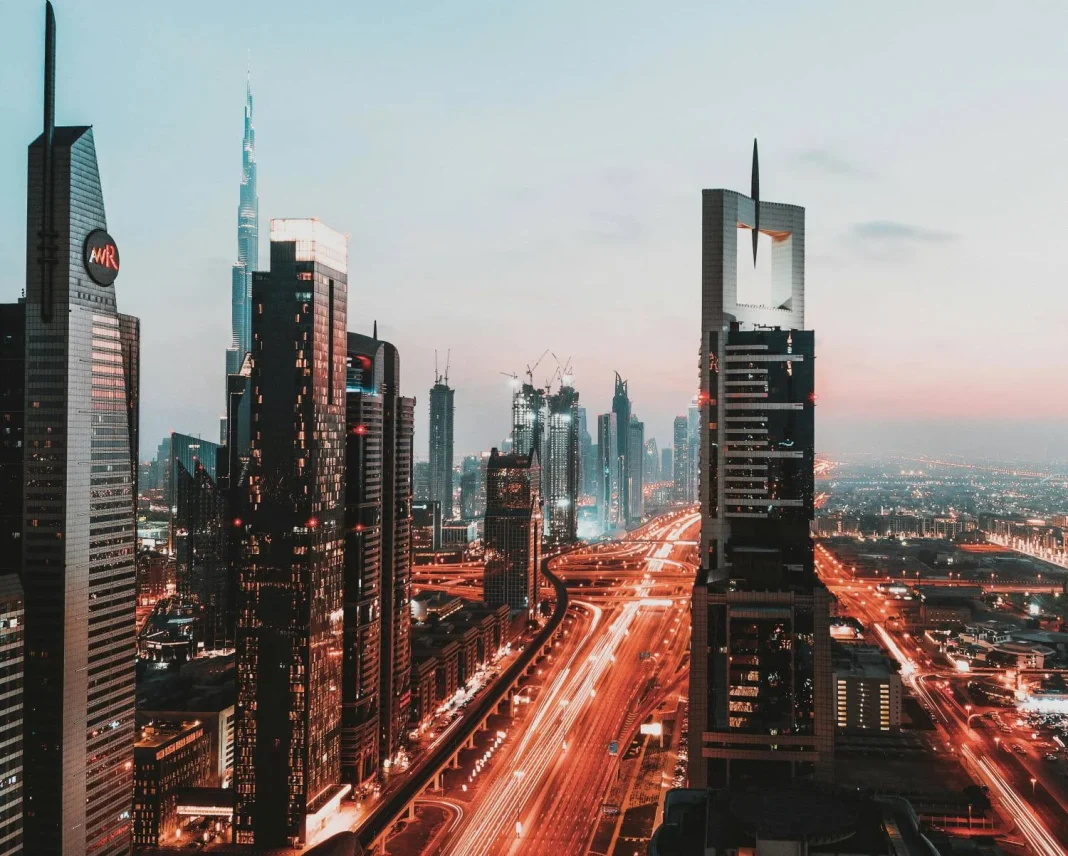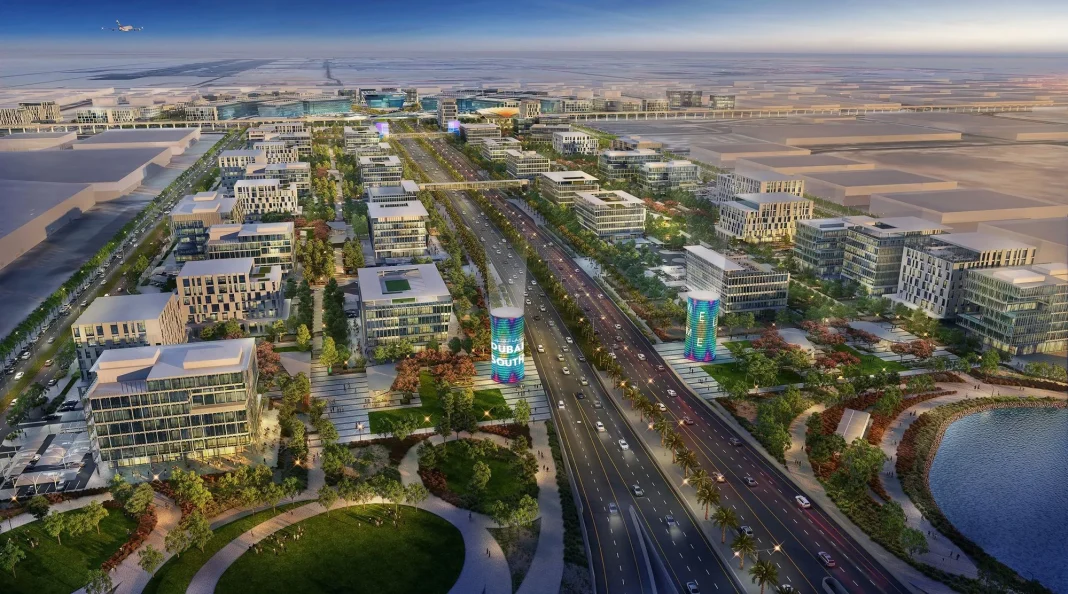In the United Arab Emirates, preserving modern architecture is one of the most innovative strategies that promises to sustain economic growth. In the UAE, the conservation of the oldest buildings will guarantee a multimillion-dollar legacy for future generations, according to specialists.
For this reason, the country’s authorities have approved the campaign “National Policy for the Preservation of Modern Architectural Heritage in the UAE,” in which more than 1,000 buildings will be renamed in the coming years. A strategic decision that, beyond luxury, promises to change the city’s vision.
The UAE’s Strategy for Future Generations
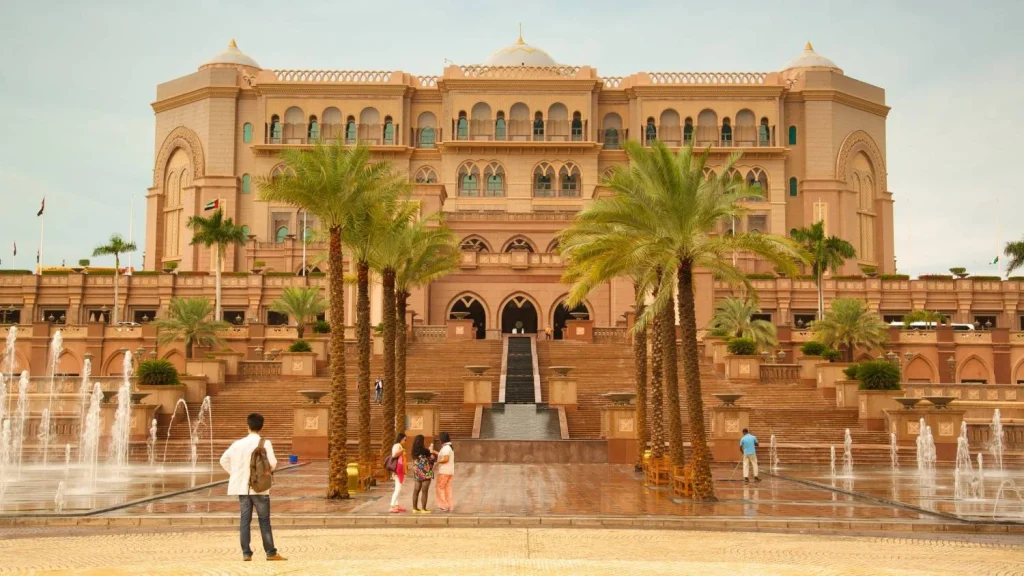
Saving the historical buildings of the UAE will not only enable exponential economic growth but will also allow future generations to discover the country beyond modern skyscrapers and multimillion-dollar investments. For experts in the region, it is essential to recognize all those buildings that were part of history and hold crucial cultural value.
In Abu Dhabi, this system is already in place, and authorities recognize old skyscrapers as part of their heritage. This includes Al Manhal Palace, the Adnoc headquarters, Zayed Sports City, and the bus terminal. This city once consisted of barasti huts and later became an emblematic modern enclave, making it important for authorities to keep the memory of its roots alive.
Dubai’s Oldest Building, a Symbol of the UAE
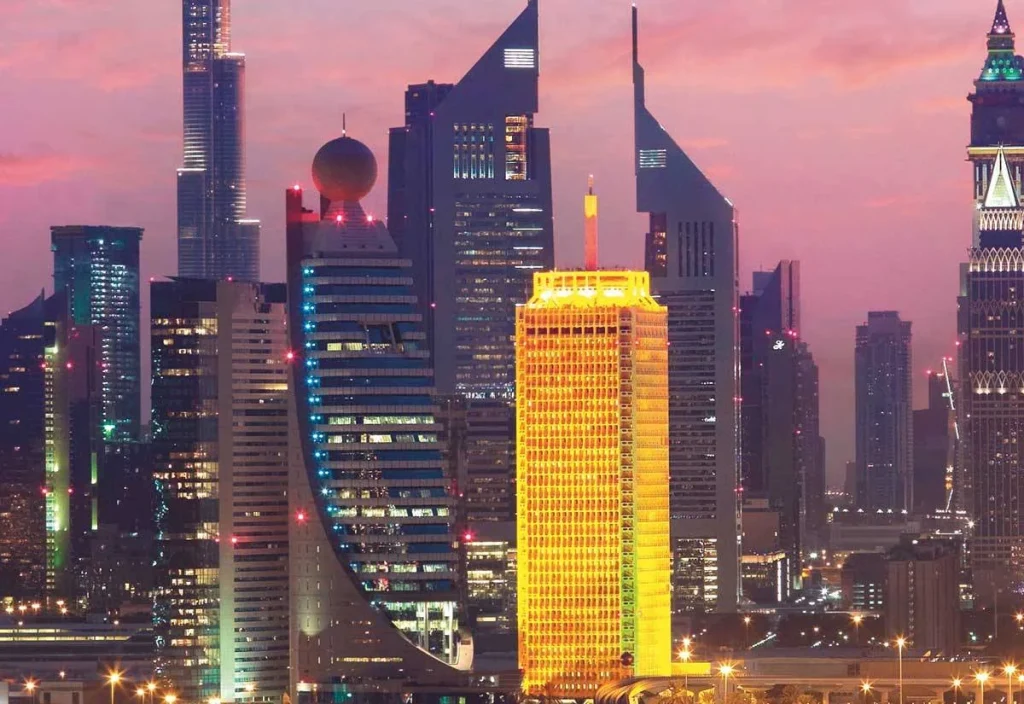
The list of old buildings to be included in this program is still unknown, but the Dubai World Trade Centre could serve as a starting point. This building was originally located in the Creek area and was one of the city’s key landmarks, symbolizing growth and expansion. To select these buildings, experts believe they should be categorized based on their social and aesthetic impact.
Carrying out this kind of “value enhancement” also involves recognizing the current uses of these buildings. In the case of the bus station in Abu Dhabi, for example, it would be transformed into a café, gallery, and film screening room. Preserving these places is part of keeping the territory’s history alive, with the goal of turning them into living structures that can be appreciated by people worldwide.
Technology: The Key to Saving Historic Sites in the UAE
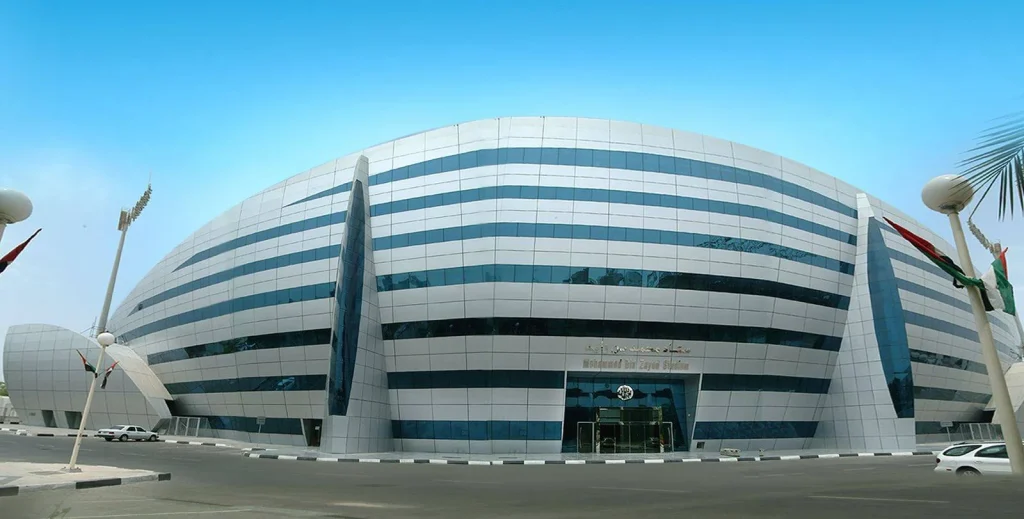
Adding new value to historical buildings in the region can significantly contribute to economic growth. The enhancement of these buildings can attract cultural tourism and promote local commerce. For this reason, several Middle Eastern cities have committed to revitalizing historic areas and buildings as part of their economic development strategy.
To achieve this, governments have invested in urban design and technologies to preserve historical legacies. Within the Emirates, technology has been leveraged for this purpose. One example is the work of the Department of Culture and Tourism in Abu Dhabi, which has focused on technologies such as 3D scanning and digital archiving for sustainable heritage practices.
“`
